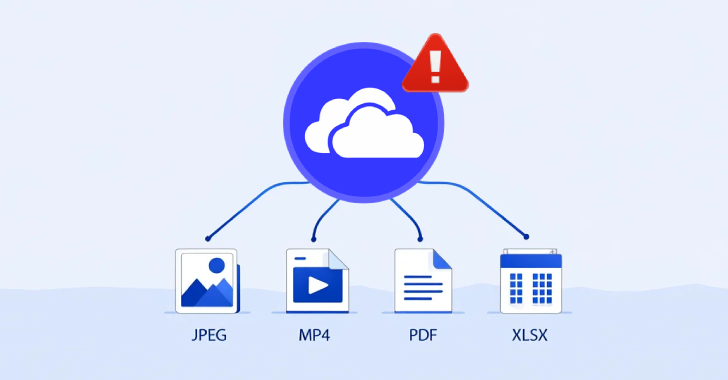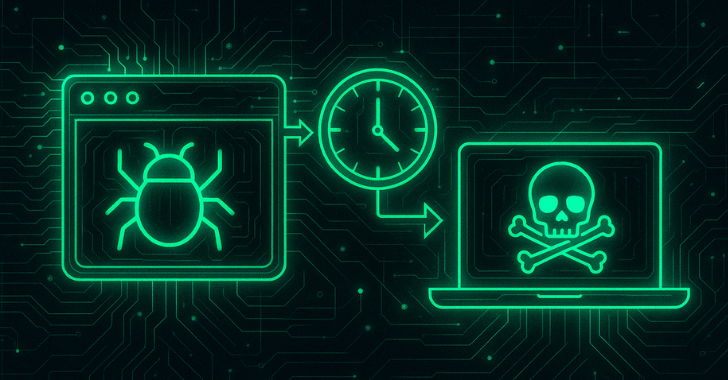
A vCISO Checklist
Introduction
In today’s digital landscape, cybersecurity is not a luxury; it’s a necessity. Organizations are grappling with an ever-evolving threat landscape and, in response, Virtual Chief Information Security Officers (vCISOs) have become the linchpin in fortifying defenses and strategizing security protocols. vCISOs offer an affordable and flexible alternative to hiring a full-time CISO, providing expertise and leadership in managing an organization’s information security. The following checklist outlines critical actions and strategies every vCISO should employ to build a robust cybersecurity foundation.
- Conduct a Comprehensive Risk Assessment
Before charting a cybersecurity roadmap, a vCISO must understand the organization’s current risk landscape. Conducting a comprehensive risk assessment helps identify vulnerabilities, assess current controls, and prioritize areas that require immediate attention. The assessment should cover both digital and physical assets and evaluate risks associated with people, processes, and technology. - Develop and Implement a Cybersecurity Framework
With a clear understanding of the risks, a vCISO should develop and implement a robust cybersecurity framework. Adopting frameworks such as NIST, ISO 27001, or CIS Controls, provides a structured approach to managing cybersecurity risks. Customize the chosen framework to align with organizational needs, regulatory requirements, and industry-specific risks. - Establish Strong Security Policies and Procedures
Developing clear and concise security policies and procedures is paramount. These documents should cover aspects such as access control, data protection, incident response, and user awareness training. Ensuring that employees understand and comply with these policies is crucial for maintaining a secure environment. - Ensure Compliance with Relevant Regulations
vCISOs should be well-versed in relevant regulatory frameworks and ensure the organization is compliant. Whether it’s GDPR, HIPAA, CCPA, or any industry-specific regulation, non-compliance can result in severe penalties, not to mention reputational damage. Regular compliance audits and updates are essential to adapt to changing regulatory landscapes. - Build a Culture of Security Awareness
Human error remains one of the biggest threats to organizational security. vCISOs should foster a culture of security awareness through regular training and awareness programs. Employees should be educated about phishing, social engineering, secure password practices, and reporting suspicious activities. - Implement Advanced Threat Protection Technologies
To stay ahead of cyber adversaries, vCISOs should ensure the organization is equipped with advanced threat protection technologies. These may include endpoint protection, network security, encryption, intrusion detection and prevention systems, and secure email gateways. Regularly update and patch systems to protect against vulnerabilities. - Develop an Incident Response Plan
Being prepared for a security incident is as important as preventing one. vCISOs should develop a comprehensive incident response plan detailing the steps to be taken during and after a security breach. This plan should be tested and updated regularly, ensuring all stakeholders know their roles and responsibilities during an incident. - Monitor and Analyze Security Logs
Continuous monitoring of security logs is essential for detecting suspicious activities and potential breaches. vCISOs should implement Security Information and Event Management (SIEM) solutions to aggregate and analyze log data from various sources, enabling timely detection and response to security incidents. - Strengthen Vendor and Third-party Security
Supply chain vulnerabilities are a growing concern. vCISOs should assess the security posture of vendors and third-party service providers, ensuring they comply with the organization’s security standards. Regularly review and update contracts and Service Level Agreements (SLAs) to include security considerations. - Measure and Report on Security Performance
Transparently reporting on security performance to stakeholders is essential for maintaining trust. vCISOs should establish Key Performance Indicators (KPIs) and Key Risk Indicators (KRIs) to measure the effectiveness of security initiatives. Regularly review and adjust security strategies based on these metrics. - Promote Collaboration Across Departments
Cybersecurity is not solely an IT concern; it requires cross-functional collaboration. vCISOs should work closely with various departments such as HR, Legal, and Operations to ensure security considerations are integrated into every aspect of the organization. - Stay Abreast of Emerging Threats and Technologies
The cybersecurity landscape is dynamic, with new threats and technologies emerging continuously. vCISOs should stay informed about the latest cybersecurity trends, threat intelligence, and technological advancements to adapt strategies and defenses accordingly. - Foster Relationships with External Security Communities
Building relationships with external cybersecurity communities, such as ISACs (Information Sharing and Analysis Centers), can provide valuable insights and threat intelligence. Participating in forums, webinars, and conferences also helps in networking and learning from peers in the industry. - Allocate Resources Efficiently
Resource allocation is a critical aspect of a vCISO’s role. Ensuring that the organization’s security budget is allocated effectively, focusing on high-priority risks and initiatives, is essential for building and maintaining a strong security posture. - Define and Communicate Roles and Responsibilities
Clear definition and communication of security roles and responsibilities within the organization are crucial. vCISOs should ensure that everyone understands their part in maintaining security, from top management to frontline employees.
Conclusion
Being a vCISO entails navigating a dynamic and challenging landscape. This checklist provides a structured approach to building and maintaining a strong cybersecurity posture, ensuring that organizations are well-prepared to face the ever-evolving cyber threats. By diligently following these steps, vCISOs can significantly contribute to safeguarding an organization’s information assets and maintaining its reputation and trustworthiness.
Contact Cyber Defense Advisors to learn more about our Virtual Chief Information Security Officer (vCISO) solutions.





